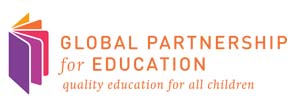
This blog post originally appeared in the Education for All Blog of the Global Partnership for Education; by Nora Fyles, Head of the UNGEI Secretariat
Earlier this year, I read an interview with a secondary school girl about her experiences commuting to school in rural Uganda. Her message has stayed with me, as an example of the “everyday” reality of violence in girls’ lives.
Interviewer: What is the biggest problem or difficulty that you have in your life right now?
Student: The biggest problem--is these men who disturb us--begging for sex when walking to school.
Around the world today, International Women’s Day, attention is focused on the issue of violence against women and girls, the theme of the 57th Commission on the Status of Women. For millions of girls worldwide, violence is more than the “topic of the day,” it is part of their everyday reality. Girls face violence and discrimination due to their sex and age, in many contexts, including on the way to school, in the school yard, and in the classroom.
There is no doubt that gender-based violence is a major and critical barrier threatening the education of girls in many countries of the world, with far reaching consequences: poor performance, irregular attendance, dropout, truancy and low self-esteem not to mention physical harm and pregnancy. In a consultation jointly hosted by UNGEI, UNICEF and the Ethiopia Ministry of Education, participants reported on issues faced by girls. One country representative reported that, “Girls at secondary education levels increasingly face sexual violence including forced marriage, abduction and sexual exploitation, taking advantage of the fact that girls have limited financial and material means.”
Surprisingly, given the impact of violence, school-related gender-based violence is often unremarked upon and taken for granted. Thus, one of the biggest challenges is to recognize that social norms prevent girls from attending school in a safe environment, and to place girls’ education within the broader discourse of women’s rights.
Focus on Girls in GPE’s Strategic Plan
The Global Partnership for Education (GPE) has drawn up a Strategic Plan for 2012-2015 which provides an opening for dialogue and action by focusing on girls’ access to and achievement through school, including schools as safe spaces for girls. The GPE Plan identifies five thematic priorities, including one relating to girls, which states: “All girls in GPE endorsed countries successfully complete primary school and go to secondary school in a safe, supportive learning environment.”
For UNGEI, this is a transformative statement which:
- Recommits the Partnership to an agenda of equity and rights;
- Defines quality education as a safe and supportive environment for learning, and recognizes the potential (and the reality) of the opposite: violence, including gender-based violence; and
- Puts forward a new vision of education that includes adolescent girls and their social context.
GPE proposes a holistic approach, with a focus on gender responsive education sector plans, strategies to ensure school safety and supportive learning for girls, including female teachers, the collection of evidence and sharing of good practice, and the tracking of enrolment, progress and learning of primary and lower secondary girls.
It is this country-led and holistic approach to ensure that schools are safe and supportive spaces that will allow girls to become advocates for their own rights.
Plan International Report: Education Reduces Violence against Women
We know that education can serve a protective role for girls and young women by making them aware of and confident to exercise their rights. A recent report by Plan International indicates that women who are educated to secondary level or higher are less likely than their non-educated or primary-educated counterparts to experience violence, and men who are educated to secondary level or higher are less likely than their non-educated or primary-educated counterparts to perpetuate violence.
Education can be empowering, providing space for girls to speak on their own and with their own voices, now and in the future. Preventing and eliminating violence against girls in and around schools is an effective strategy in advancing the status of women in society. UNGEI is pleased to join GPE in celebrating International Women’s Day. Our partnership is ensuring that all girls successfully complete primary school and go to secondary school in a safe, supportive learning environment.


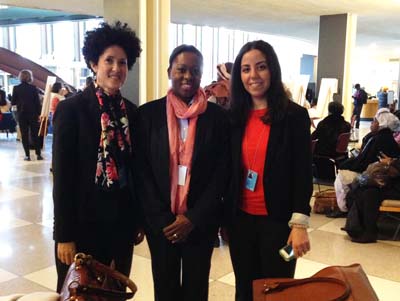
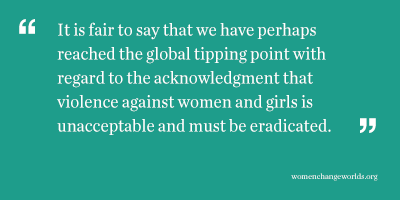 pragmatic level, it was pointed out that the statistical apparatus which will make disaggregation of data possible on global or country-level indicators remains to be designed or put into place.
pragmatic level, it was pointed out that the statistical apparatus which will make disaggregation of data possible on global or country-level indicators remains to be designed or put into place.
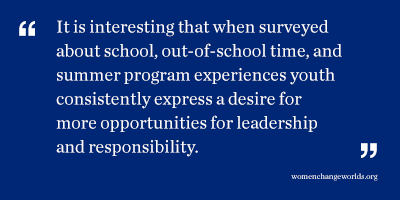 to have a more accessible image of where practice and commitment could get them was inspirational. It’s more than just the final score.
to have a more accessible image of where practice and commitment could get them was inspirational. It’s more than just the final score.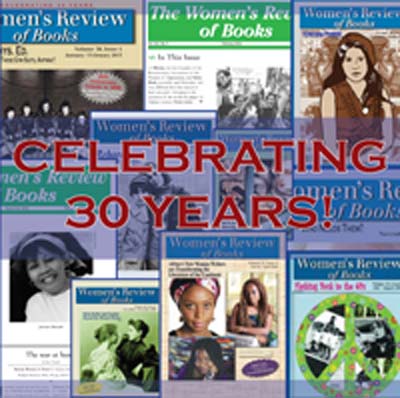
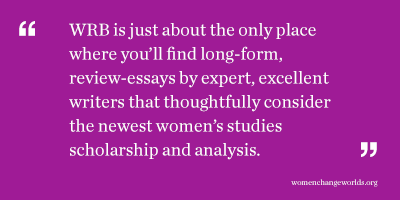 publication because we had, basically, run out of money, WCW partnered with
publication because we had, basically, run out of money, WCW partnered with 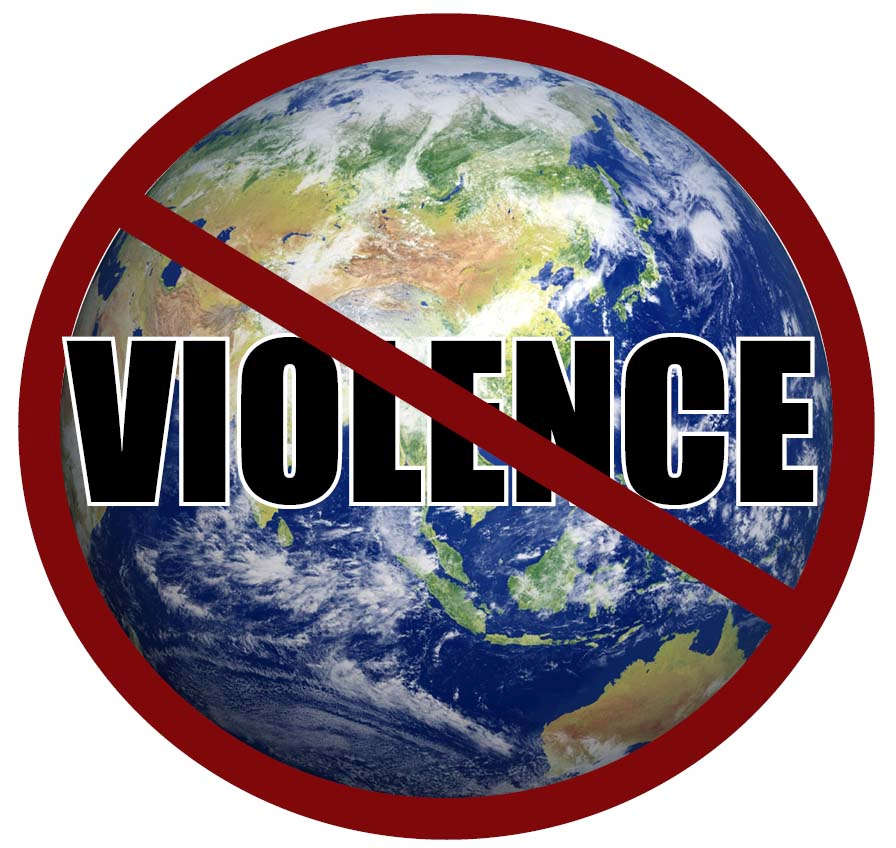
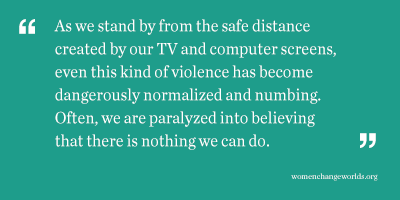 eras cracking jokes at the expense of his wife and daughter, among other things – for probably the fifth or tenth time in my life, I thought, “When is Disney ever going to progress to gender equality (or racial equality, for that matter)?” As someone who grew up in Florida, I love Disney World, and my point is simply some of the sources of violence in our society are “hidden in plain sight.”
eras cracking jokes at the expense of his wife and daughter, among other things – for probably the fifth or tenth time in my life, I thought, “When is Disney ever going to progress to gender equality (or racial equality, for that matter)?” As someone who grew up in Florida, I love Disney World, and my point is simply some of the sources of violence in our society are “hidden in plain sight.”
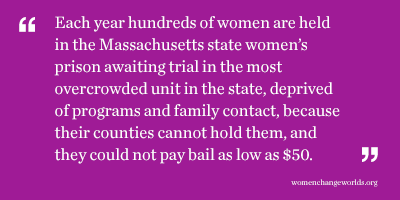 trauma; lack of education and training; sexual victimization by criminal justice personnel; and restricted eligibility for state benefits.
trauma; lack of education and training; sexual victimization by criminal justice personnel; and restricted eligibility for state benefits.
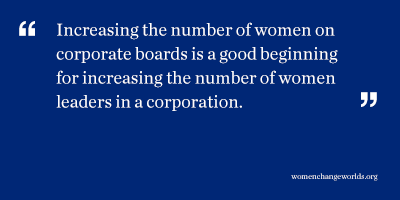 by people who do not know the candidate personally. When there is no familiarity with the person being evaluated to trump the bias that makes men seem more competent, men are chosen over equally competent women.
by people who do not know the candidate personally. When there is no familiarity with the person being evaluated to trump the bias that makes men seem more competent, men are chosen over equally competent women.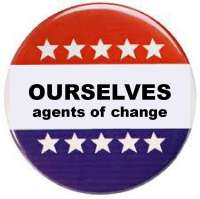
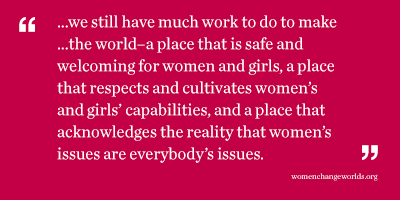 genuinely thankful, on behalf of all of those who came before in many generations, to establish this diverse nation and secure the rights of people of all genders and backgrounds to vote, for those who did exercise that right on Election Day. At the same time, I hope we recognize the need to elect ourselves as agents of change. Now, it is time to roll up our sleeves and get back to work–perhaps with even greater exuberance.
genuinely thankful, on behalf of all of those who came before in many generations, to establish this diverse nation and secure the rights of people of all genders and backgrounds to vote, for those who did exercise that right on Election Day. At the same time, I hope we recognize the need to elect ourselves as agents of change. Now, it is time to roll up our sleeves and get back to work–perhaps with even greater exuberance.
